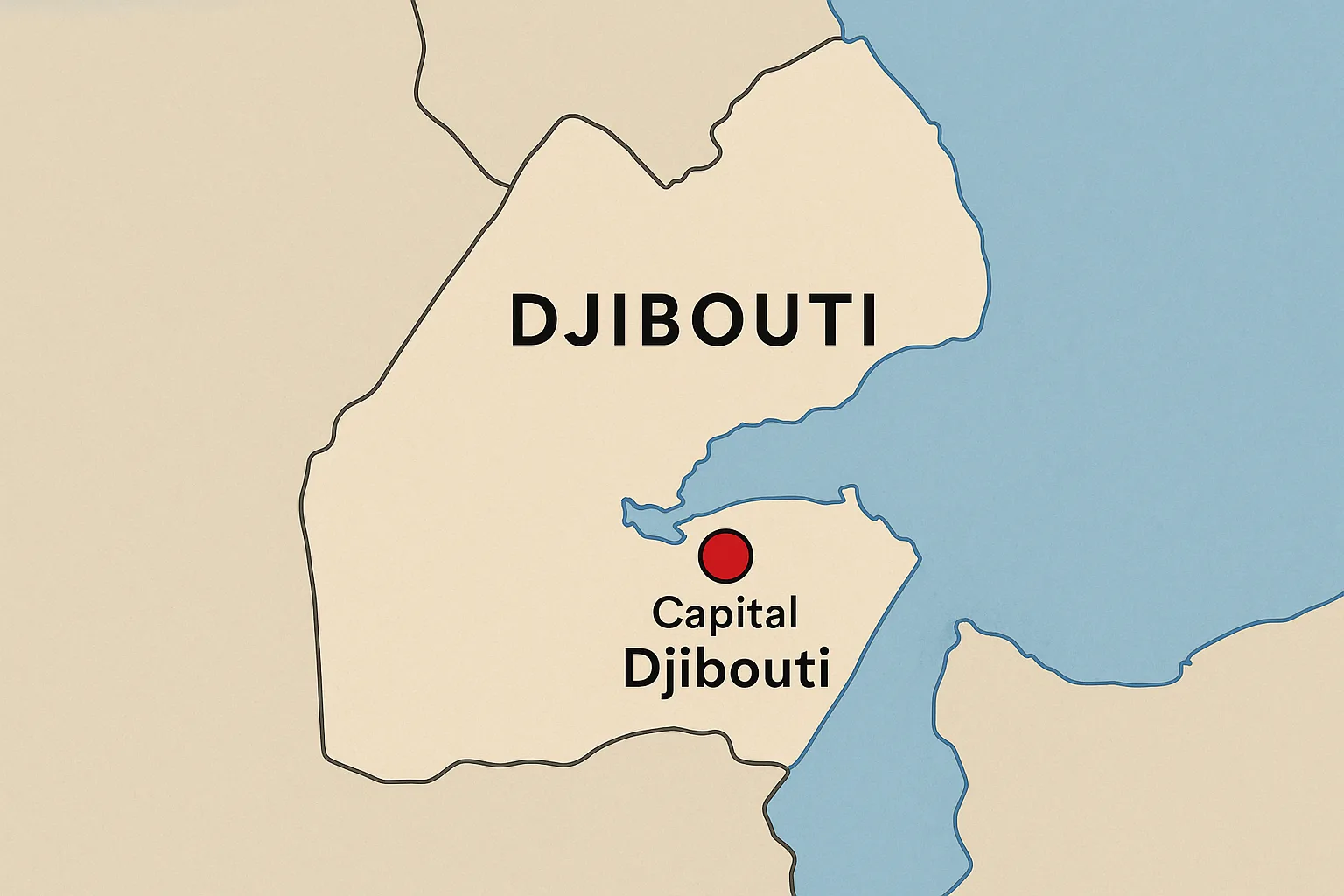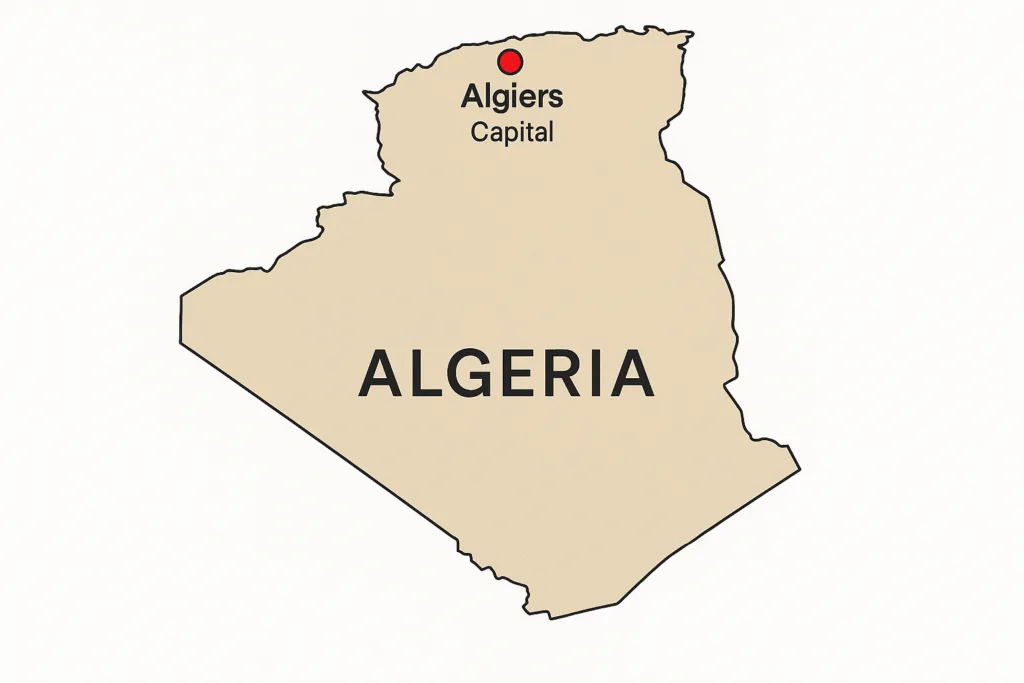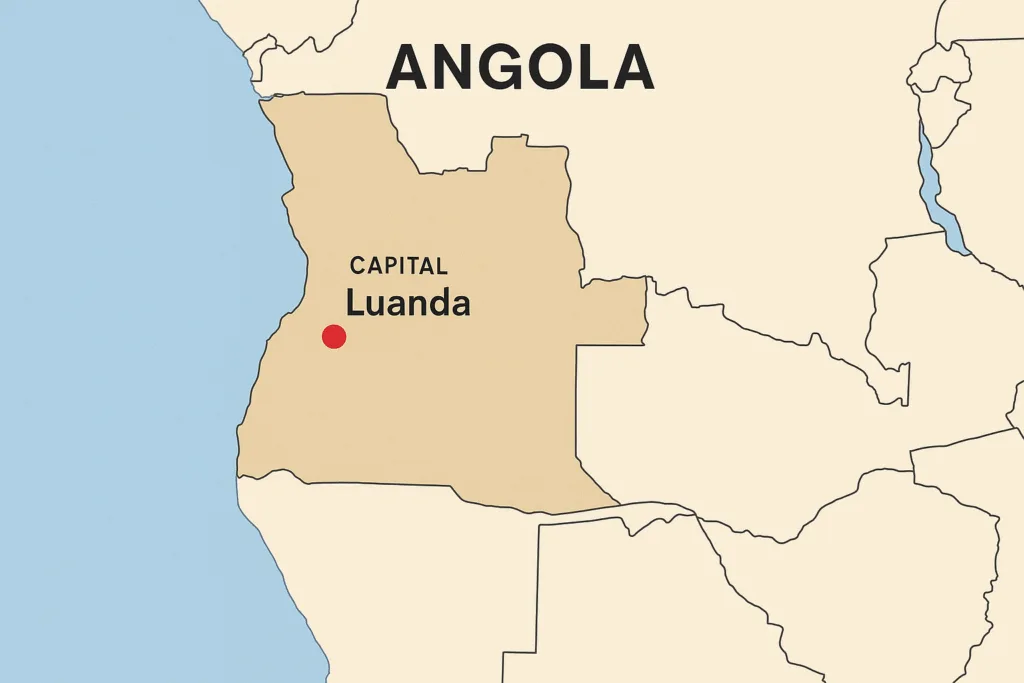🇩🇯 Djibouti
Capital: Djibouti City

Djibouti City – A gateway between Africa and the Middle East.
Djibouti City, known as the “Gateway to the Horn of Africa,” boasts a rich blend of cultures influenced by its strategic location on the Red Sea. With roots tracing back centuries, the city has served as a vital trade hub, showcasing a vibrant history that includes Arabic, French, and indigenous Somali cultures, making it uniquely fascinating.
📜 Timeline of Djibouti City
1884: Djibouti becomes a French protectorate.1977: Djibouti gains independence from France.
1999: The establishment of the Port of Djibouti as a major shipping hub.
Today: Djibouti City is a bustling metropolis and an important naval base for international military operations.
📊 Quick Stats
Founded
1888
Language
French, Arabic, Somali
Currency
Djiboutian Franc (DJF)
Geography
Located at the junction of the Red Sea and Gulf of Aden
Time Zone
EAT (East Africa Time)
Calling Code
+253
Driving Side
Right-hand traffic
🏛️ Iconic Landmarks
Gare Maritime
A historic waterfront landmark, essential for trade and transport since the colonial era.
Hassan Gouled Apt
The international airport is a crucial point for both passengers and cargo traveling in and out of the region.
Lake Assal
The lowest point in Africa, famous for its stunning scenery and salt flats.
With its unique blend of cultures, strategic significance, and stunning landscapes, Djibouti City continues to be a vital connection between continents, offering a fascinating glimpse into both the past and the future of the region.
📖 Sources & References
References are provided to ensure reliable and up-to-date information about Djibouti and its capital city.

